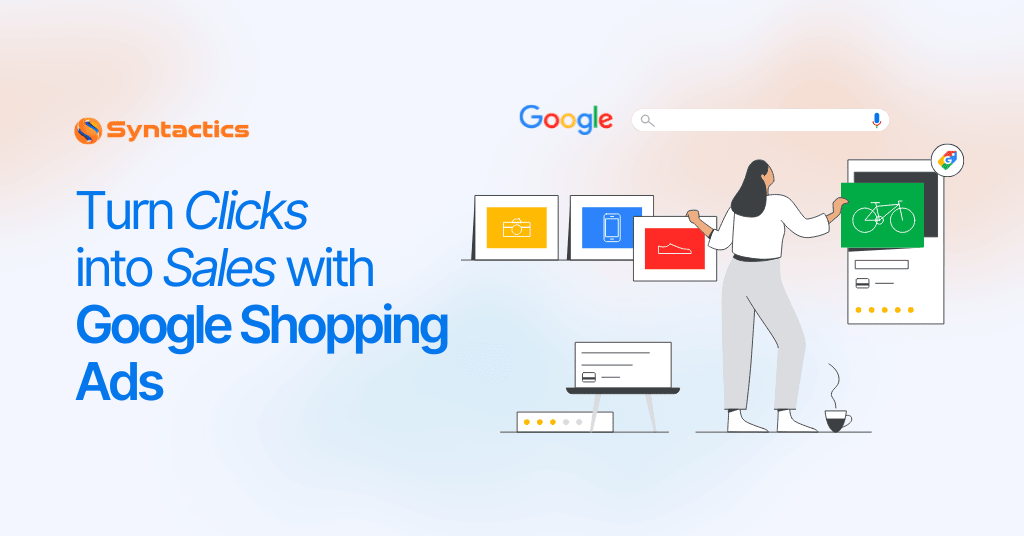
Turn Clicks into Sales with Google Shopping Ads
As eCommerce dominates the retail landscape, many businesses are constantly seeking effective strategies to convert online traffic into tangible sales. One such powerful tool that not only enhances visibility but also drives significant conversions is Google Shopping Ads.
These ads have transformed how products are marketed online by displaying visually appealing, detailed information right on Search Engine Results Pages (SERPs).
According to Business Dasher, 60% of all clicks on Google paid advertising are for shopping ads. Therefore, businesses can effectively capture the right audience with this strategy, increasing the likelihood of converting clicks into purchases.
Google Shopping Ads: An Overview
Shopping Ads feature product images, titles, prices, and store names, providing customers with a comprehensive view of the product before they even click on it. Their visual format enhances user engagement by allowing shoppers to compare products at a glance, leading to more informed purchasing decisions.
One of their key features is their ability to display multiple products from a single retailer for relevant search queries. These ads are generated based on the product data submitted to the Google Merchant Center, ensuring that the most related products are shown to potential buyers.
Unlike traditional text ads, which rely heavily on completing copy to attract clicks, Shopping Ads leverage visual appeal and detailed information about the brand. That’s why it’s particularly effective for capturing high-intent shoppers who are ready to make a purchase.
Learn how to achieve higher conversions with Display Ads:
Guide to Setting Up Google Shopping Ads
Before setting up a shopping ad campaign, it’s vital to create a Google Merchant Center account if you don’t have one. Signing up gives you the chance to provide Google with information related to your product.
To create an account, visit Google Merchant Center and go through the signup process or seek expertise from a Pay-Per-Click (PPC) management services agency.
Upload and Optimize Product Data Feeds
Once done with the signup process, you can now create a shopping feed that contains the products your business supplies.
A shopping feed is data containing all the essential details about your products, such as titles, descriptions, prices, and images. It’s important to ensure that this information is accurate, comprehensive, and formatted according to Google’s specifications.
Optimizing product data feeds involves using relevant keywords, high-quality images, and clear, concise descriptions to enhance visibility and appeal.
Link Merchant Center with Google Ads
After your product data is uploaded, the final step is linking the Merchant Center account with Google Ads. This integration allows businesses to create and manage Shopping campaigns directly from their Google Ads account.
By linking the two platforms, businesses or marketers can set the advertising budget, target specific audiences, and monitor the performance of their Shopping Ads. This seamless connection is essential for running effective campaigns that drive traffic and increase conversions.
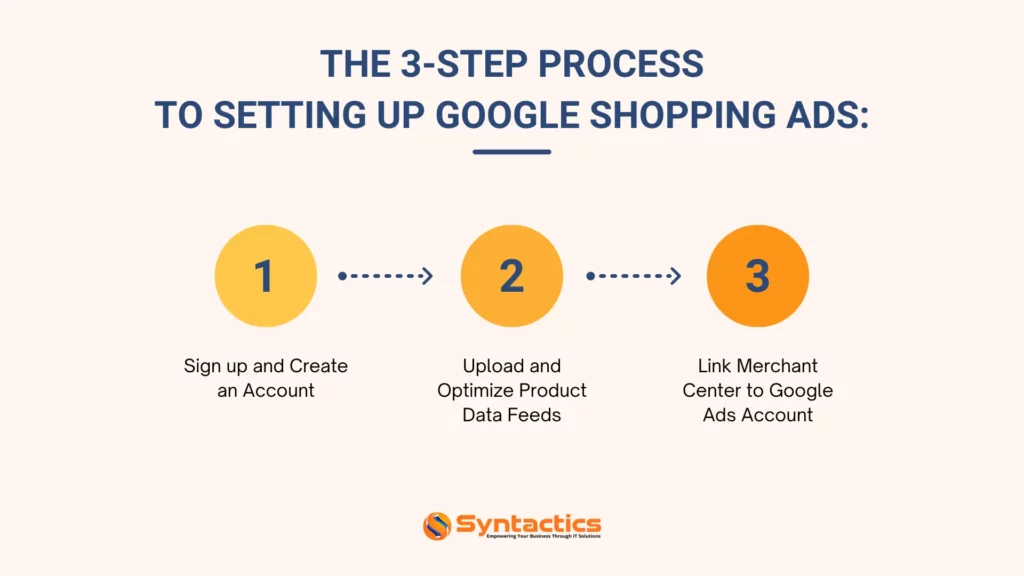
Strategies to Optimize Product Listings for Conversions
Optimizing product listings is crucial for maximizing conversions in Google Shopping Ads. By focusing on these elements, businesses create product listings that attract clicks and convert those clicks into sales. As a result, they can enhance the overall effectiveness of their ads.
Here’s how professional PPC management services providers effectively enhance listings:
Craft Compelling Product Titles and Descriptions
Creating compelling product titles and descriptions starts with using impactful keywords to boost search rankings and connect with potential buyers. Titles should be clear and informative, highlighting key features like brand, size, or color, while descriptions expand on these details to build buyer confidence.
Emphasizing benefits and unique selling points showcases how these products solve problems or meet specific needs, making the listings more appealing and effective.
Use High-Quality Images and Videos
Using clear, high-resolution images and videos is essential for showcasing products effectively.
Quality visuals that show products from multiple angles build trust, create a professional impression, and help customers visualize products confidently. Videos provide dynamic insights by demonstrating features and usage, while a consistent style and quality help reinforce brand identity.
Check out this blog to build enticing ads:
Set Competitive Pricing and Promotions
Analyzing competitor pricing ensures businesses can stay competitive. It’s ideal for providing price matches or guarantees. It’s also ideal to showcase discounts or special promotions to instill a sense of urgency and encourage faster purchases.
Consider strategies like tiered pricing, bundling, or free shipping to enhance value and draw in more customers.
Monitoring and Optimizing Ad Performance
Continuously monitoring and optimizing ad performance is essential for turning clicks into conversions in shopping ads. Here are the processes involved to enhance ad effectiveness:
Analyzing Performance Metrics
Consider analyzing performance metrics such as Click-Through Rate (CTR), Cost Per Click (CPC), and Conversion Rate (CVR). These metrics provide insights into how well your ads are engaging users and driving sales. Review data regularly to identify trends and areas for improvement.
Here are the following benchmarks across all industries for shopping ads:
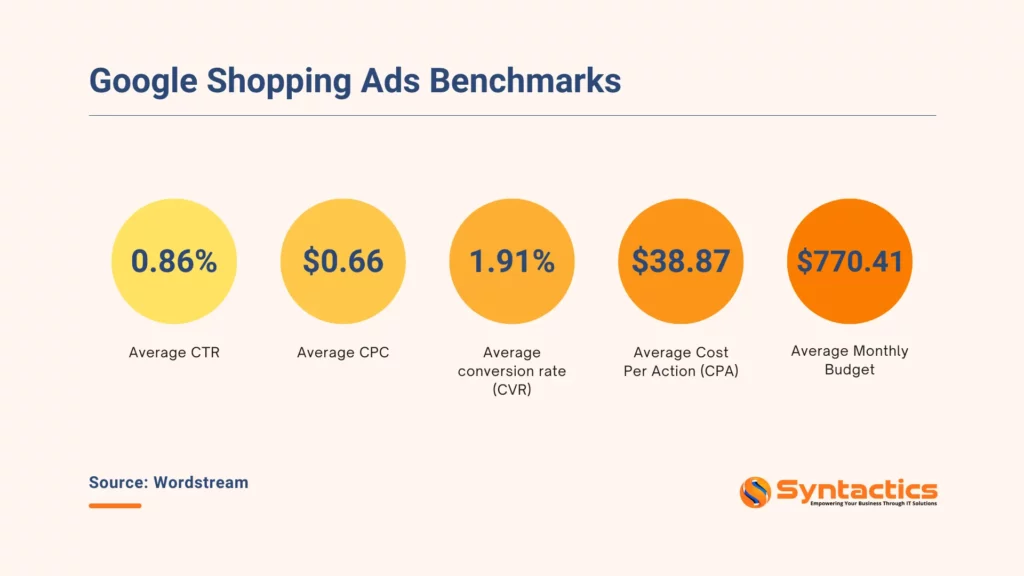
Source: Wordstream.
Adjusting Bids
Using automated bidding strategies can optimize conversions, ensuring the budget is allocated efficiently.
In addition, increasing bids for high-performing products or segments maximizes visibility and sales potential. Meanwhile, reducing bids for underperforming areas can conserve resources.
For instance, if a product has a high conversion rate but a low CTR, consider increasing the bid to improve its visibility.
Improving Product Data Quality
It’s also vital to ensure that product titles, descriptions, and images are accurate and compelling. Regularly updating the product feed reflects changes in inventory, pricing, and promotions.
Moreover, high-quality data enhances ad relevance, leading to better placement and increased conversions.
Common Challenges and Solutions for Google Shopping Ads
Of course, some challenges may occur during the shopping ad campaign. But, all these can be addressed by experienced PPC experts with targeted solutions.
Here are the top five common challenges, along with their solutions:
Product Data Feed Errors
Challenge: Errors in the product data feed, such as missing attributes or incorrect pricing, can prevent the ads from displaying.
Solution: An expert PPC campaign management provider can regularly audit your feed using Google Merchant Center’s diagnostics tool. They can ensure all required attributes are complete and accurate.
Keeping your feed updated with the latest product information maintains compliance and improves ad visibility.
High Competition
Challenge: The Shopping Ads space is highly competitive, making it challenging to stand out and capture clicks.
Solution: A skilled paid advertiser can help you perform a thorough competitor analysis to understand their strategies. They also have the expertise on how to differentiate your products by emphasizing unique features and customer reviews.
Implementing competitive pricing and exclusive promotions can attract more attention and conversions.
Mobile Optimization
Challenge: A significant amount of shopping occurs on mobile devices, requiring optimized ads and landing pages.
Solution: Ensure your business site is mobile-friendly with fast loading times and intuitive navigation. Use responsive design for product pages to enhance the mobile user experience. Monitor mobile-specific metrics and adjust bids to effectively capture mobile traffic.
Budget Allocation
Challenge: Limited budgets can restrict the reach and effectiveness of your Shopping Ads.
Solution: Prioritize high-performing products and allocate more budget to them. Use automated bidding strategies to optimize for conversions within your budget. Review and adjust budget allocation based on performance data to maximize ROI.
Ad Relevance and Quality
Challenge: Low ad relevance and quality can lead to poor ad placement and performance.
Solution: Optimize product titles, descriptions, and images to ensure they are accurate and compelling. Use relevant keywords to improve ad relevance. Continuously update your product data to reflect changes in inventory and pricing, enhancing the overall quality and effectiveness of your ads.
Conclusion
Digital advertising demands adaptability, and effective shopping ads require a solid foundation. However, businesses can successfully connect with high-intent shoppers by establishing a well-optimized Google Merchant Center, accurate product data feeds, and strategic ad campaigns.
Utilizing strategies like engaging product listings, targeted audience outreach, and competitive pricing ensures that these ads not only capture attention but also lead to conversions.
To keep campaigns competitive and impactful, a trusted PPC campaign expert can help businesses implement the following:
- Regularly reviewing performance metrics;
- tweaking bids, and
- refining product data.
By remaining proactive and responsive to market trends, businesses can fully leverage Google Shopping Ads to boost sales, enhance ROI, and foster sustainable growth.
Frequently Asked Questions About Shopping Ads
What are the main benefits of using Shopping Ads for eCommerce businesses?
Shopping Ads offer several key benefits, such as:
- Enhanced product visibility: Shopping Ads appear prominently in search results.
- Higher conversion rates: Users clicking on these ads are often ready to purchase.
- Increased ROI: The combination of higher CTR and conversion rates often leads to better ROI.
- Qualified leads: Attracts users who are actively searching for products.
- Competitive advantage: Businesses can showcase products more effectively.
What are the key differences between Shopping Ads and Text Ads?
Shopping Ads feature images and prices, targeting specific products, while Text Ads consist solely of text and rely on keyword targeting.
Shopping Ads are ideal for eCommerce, offering lower CPC and directing users to product pages. In contrast, Text Ads provide more flexibility but lack the visual appeal of Shopping Ads.
Do I need professional help to manage Google Shopping Ads?
While it’s possible to manage Shopping Ads in-house, collaborating with a PPC management agency can save time and provide expertise. Agencies can optimize your campaigns for better performance and higher ROI. Get in touch with an expert today!
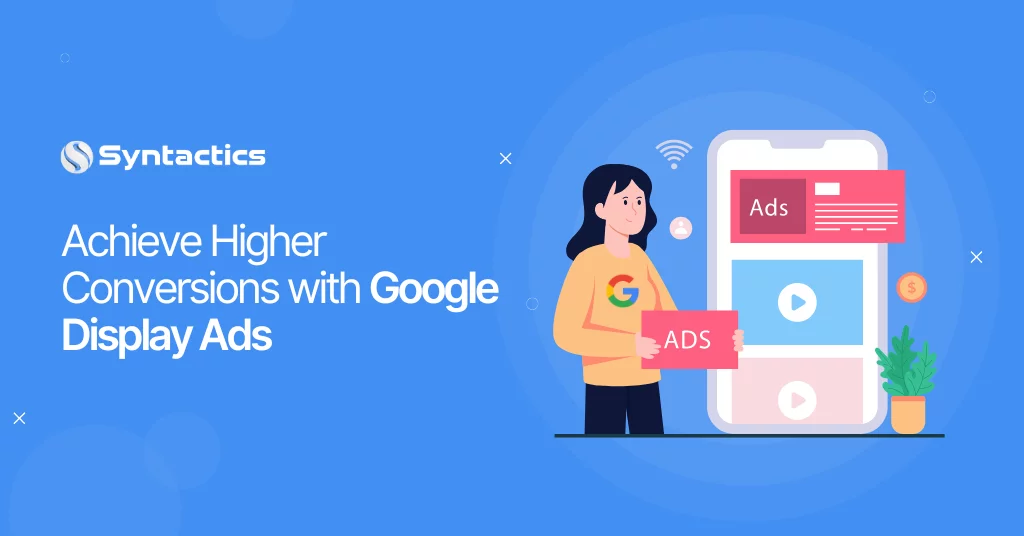







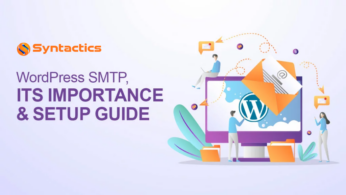
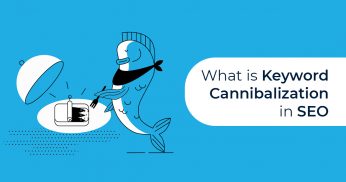





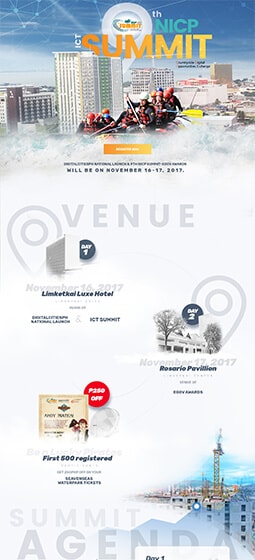


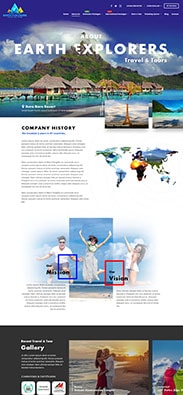

Comment 0